Don’t make the mistake of trying to reinvent the wheel learning how to draw product design:
- Learn how to copy with the Copy-Doodle Technique!
- Progress faster and soon create original products of your own.
How to Progress Faster with the “Copy-Doodle Technique”!
One of the “Superpowers” of a designer is to draw from imagination FAST.
But before being able to create, it is essential to learn how to copy.
Too many beginners put their egos in the wrong place and refuse to copy existing products. If you are in this case, you have to realize you sabotage yourself…
If you want to progress faster,
you can’t reinvent the wheel, especially as a beginner.
Today, I think it is important to show you the “Copy-Doodle technique” to Progress fast by copying others, so you will soon create your own original products! :)
Hey guys.
So today let’s see how to copy to progress faster with the copy-doodle technique.
Alright, so welcome to thedesignsketchbook.com,
I’m Chou-Tac, and feel free to download the designer starter kit.
It’s free and the link is in the description:
https://www.thedesignsketchbook.com/sign-up-and-receive-the-ebook-the-designer-starter-kit/
So step one clean your pen nib.
So take a spare paper and clean some eventual smudges from your pen nib and also make sure that your pen is not dry so the ink can flow.
So step two, let’s get some reference pictures.
So I use Google and type coffee machine. Let’s see on the picture the images that we can get and let’s choose one that I really like.
So let’s get this one here, which is a Phillips, which is the capsule coffee machine. So the advantage of going to the main website is actually you can get some more views. And what I invite you to do is just have a quick look at the views and try to remember them. And then we are going to carry on using just the main view right here to copy it.
So what we’re going to do is just to have some very quick Doodle, like whenever you draw try to get fast and this is why I wanted you guys to just remember quite quickly the information from the different views.
Don’t try to remember everything perfectly just want to get the main shape and the main form as you can see here. So what I want to do is to work on just one reference picture for the view. I am trying to avoid getting too many views as the one-shot so I’m making sure that I have only the minimum of information I can.
And let my brain see in 3 dimensions let my brain try to see it in 3… all around- like if I could turn the object in my mind. As you can see here, the viewpoint that I’m using on this drawing is not exactly the same as the pictures because once again, I’m not trying to reproduce everything perfectly.
I try to decompose the product and try to redraw it on my picture in the way that my brain is interpreting it.
And ultimately I will be able, to draw this product from any angle.
But here so the exercise is just to get the inspiration trying to feed your library of form.
It is a great exercise that you can practice anytime, whenever like you use reference pictures from the internet or as well like just take a notepad with a pen and go to the shop.
Like you go to the supermarket and you stand and you draw and you can do so as well get some take your camera, take some pictures and also study them at home in a more quiet environment if you want to.
So just remember don’t be shy and just grab as many as much information as you can as a designer.
So as you can see here on my sketches actually I got started with the main shape when the bigger size shape I would say such as the head and then I’m adding this most… small details and accessories like the props like I would say, the glasses.
So add the glasses after because they are the props, and they’re pretty essential for a good understanding of your product. But this is something that you need to do not start with always consider the kind sense of the logic of the order of what you need to draw.
Draw the machine first and draw the props after. Do not start with the glasses. So what you want to train is actually by doodling fast is actually to apply the strategy to make a sixth sense like whenever you draw, you get the strategy of drawing intuitive.
So remember that in Design sketching, what is very important when you sketch is always thinking from “general to detail”.
So once again, don’t try to get everything perfect. As you can see, all the shapes are not exactly the same as the product because what you want to do once again is copied by doodling the copy-doodle technique.
And a sketch is not like something you want to be perfect in one shot you will have the opportunity to do it like the second or third or fourth version of it because you are quick first quick to thought, is like the first draft and you’re going to iterate it to improve it along the way.
Like why this doodle technique is so important for studying strategy is because you will have the opportunity to try multiple times instead of trying like one perfect which will take you like one hour, within this hour with a doodle-taking strategy we will have the opportunity to try 5, 6, 7 attempts.
Alright, so we got the first draft right here. Um, I think that you can be a little bit improved right here. So when you got the main shape, you can slow down, and spend a bit more time on some details.
Let’s speed up the overview.
Once again try to do not to use exactly the same viewpoint as a reference picture try to get something that you can try to rotate in your mind. This is really cool exercise because when you know how to draw in product design means doing by volume turning them in 3 dimensions in your mind this is where you really got the power to draw from imagination.
So here are some details that I ignored so I had to go to check the reference pictures from the website and see these more detail inside this… this kind of detail from the picture of the water behind the coffee machine.
So that’s really the main difference between knowing how to draw to copy and just reproducing.
And hereby “copying doodling” from reference pictures to do in 3 dimensions from different angles. Because basically, when you know how to do that, you’ll be able to modify them as much as you want, like extending a form, or trying to move certain pieces to another one.
And so and actually, this is trying to build your library of form.
So the day that you want to draw your own products, you can actually import some of the details and you can modify them and so when you really get inspired from them.
So it’s really fun. It’s something that you can practice, I would say, an unlimited way. And I really invite you to draw the machine itself, grab some details, draw them apart, and create a very nice composition on your board. And here we go.
Alright, so this gets used to me in just about nine minutes.
See you for the next videos.
Here we go.
To keep in touch, remember to subscribe to this channel and click on the bill also see you on the blog for more articles and video tutorials today.
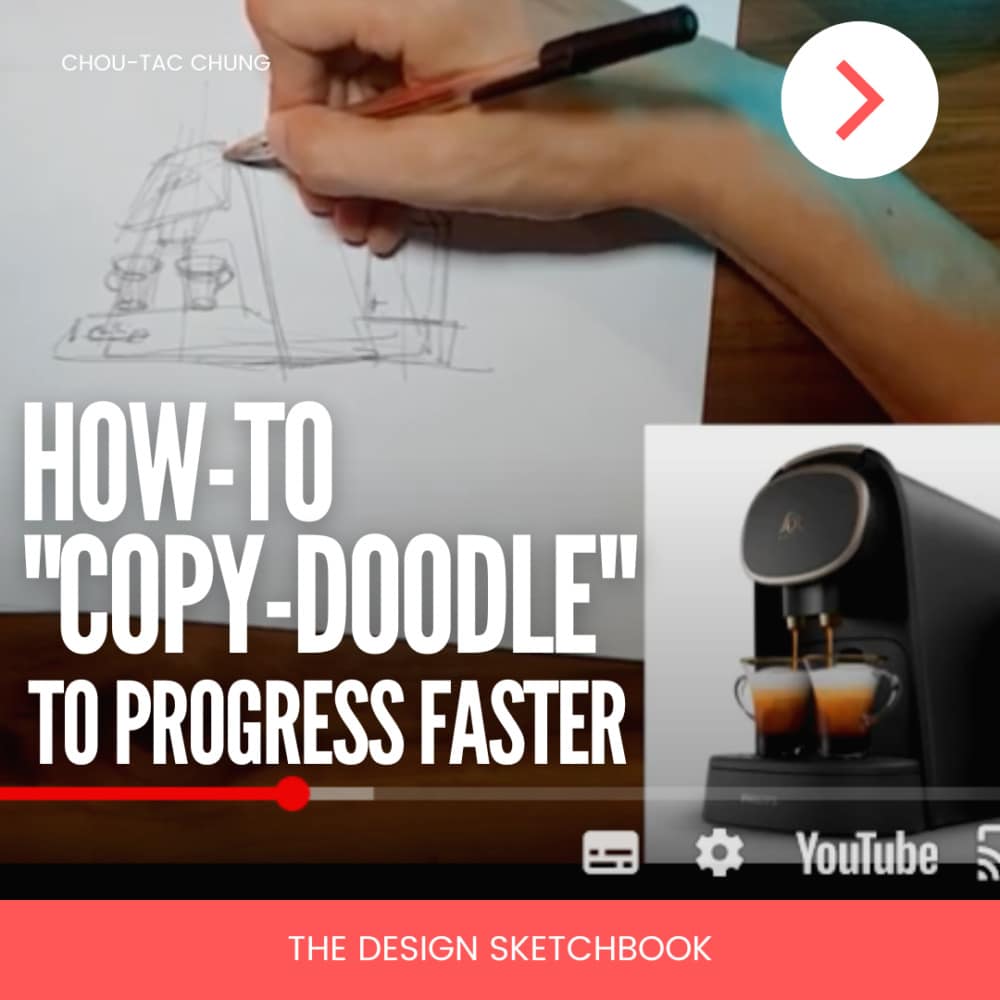
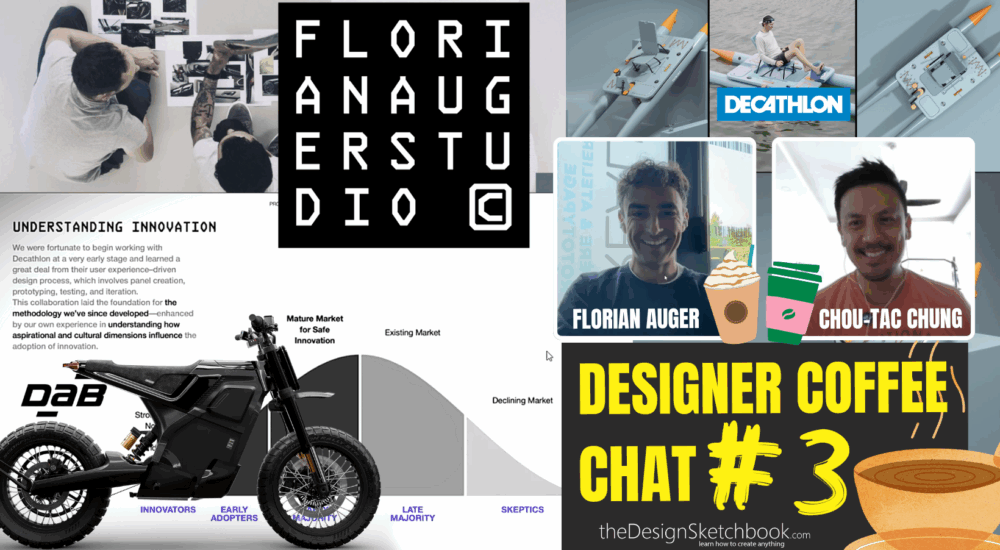
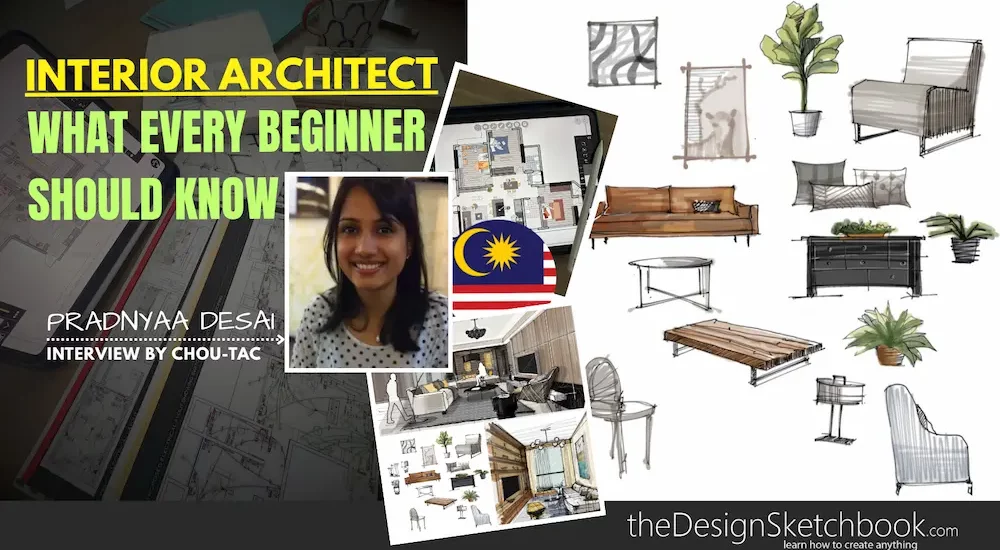
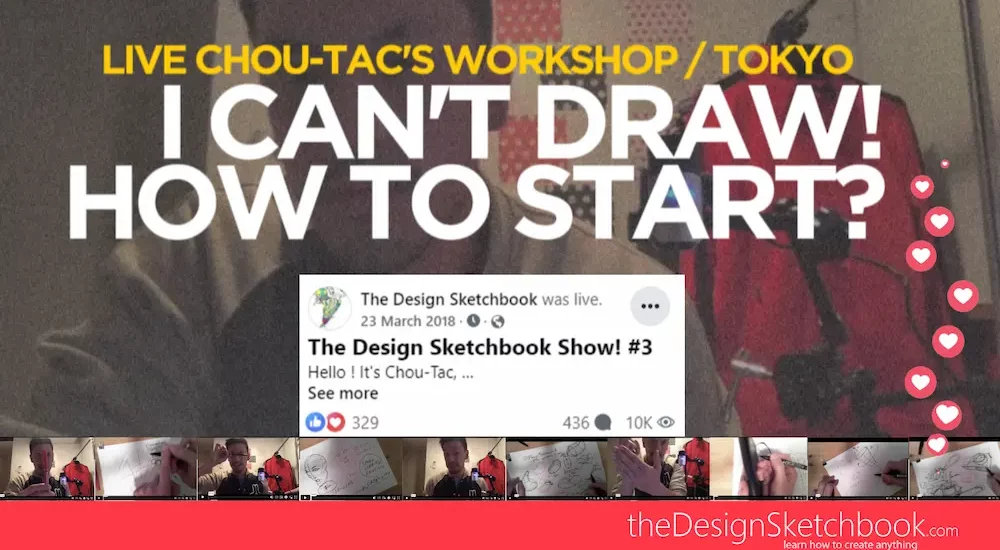
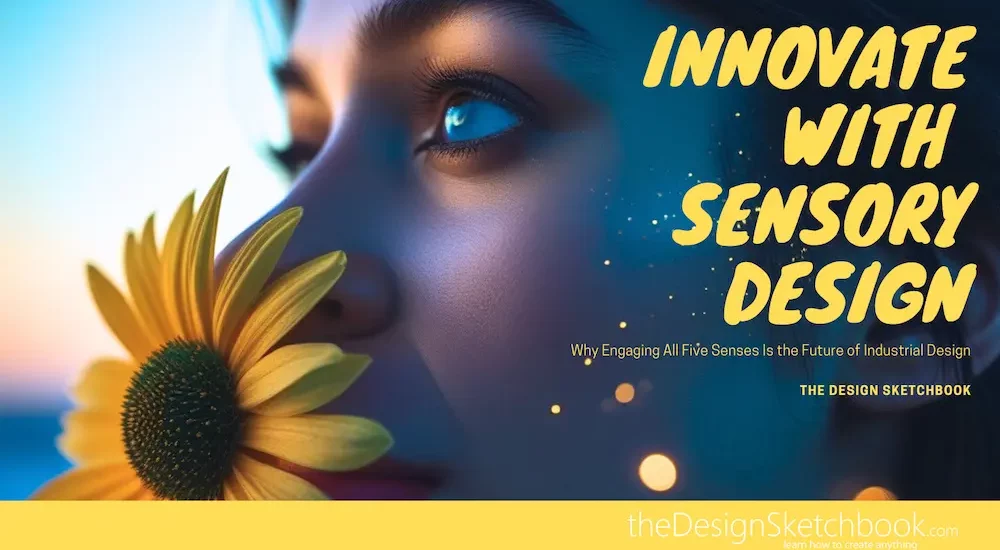
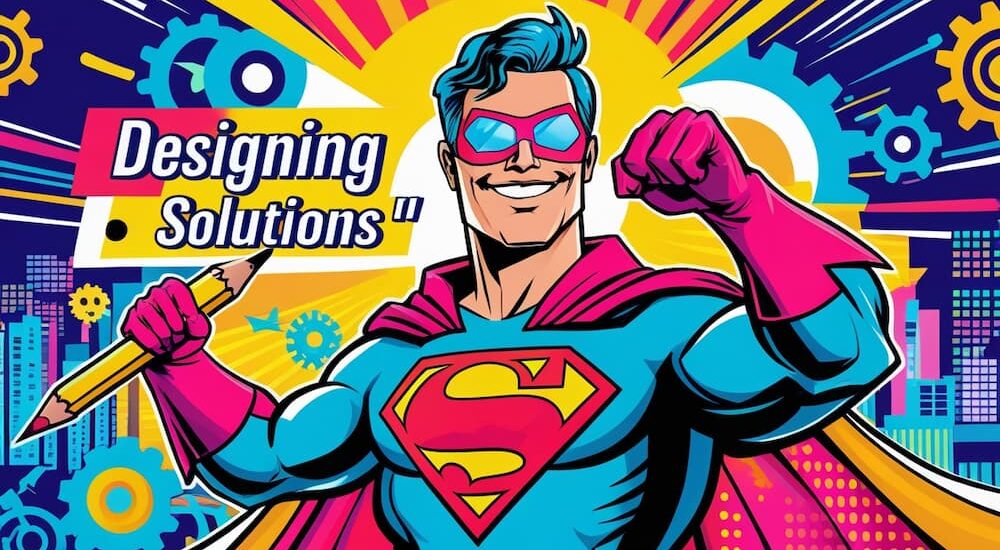
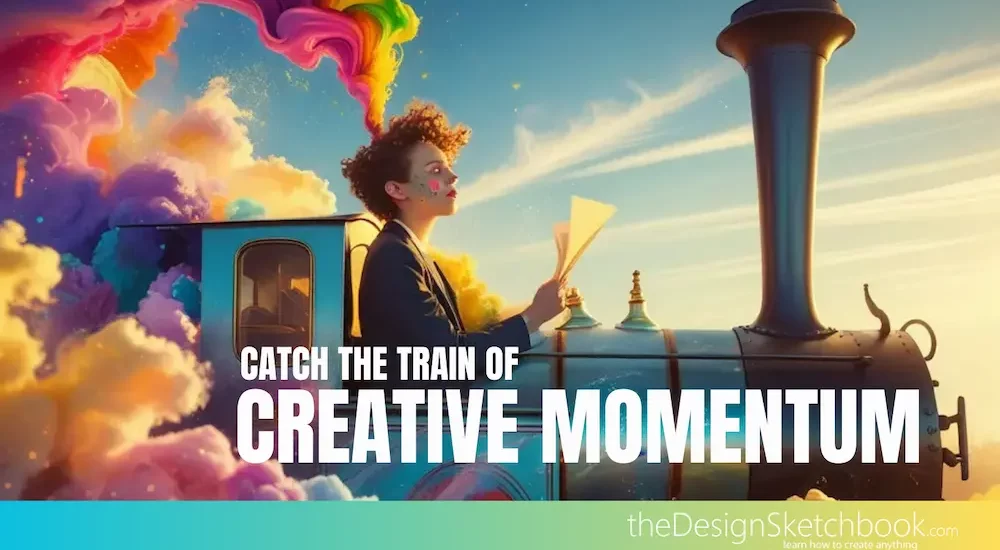
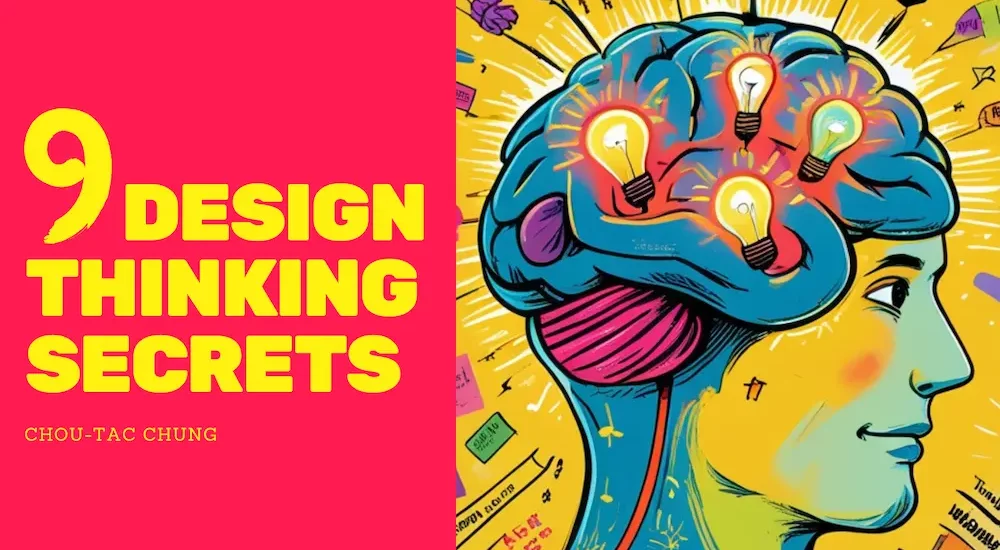
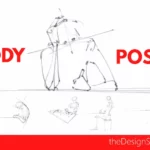
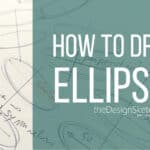
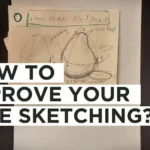
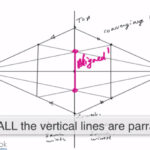
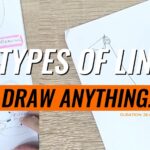
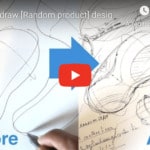
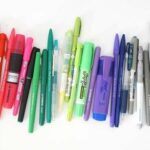

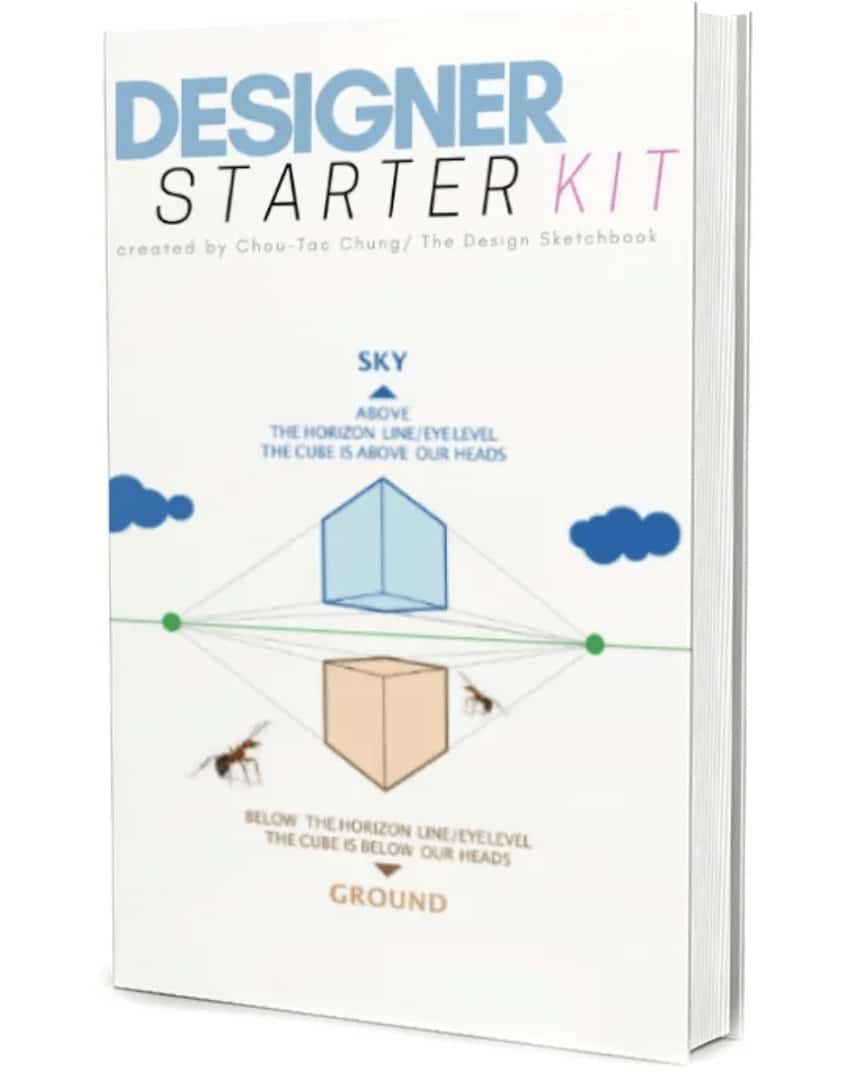
[…] Keep making progress step-by-step. […]
[…] know, learning to draw can be a challenging journey at start. But what if I tell you, you could improve faster if you throw away your […]